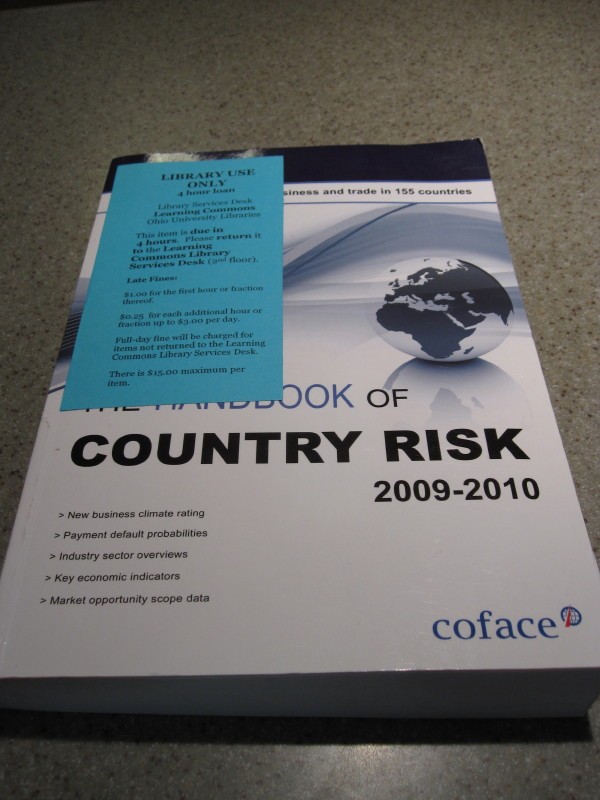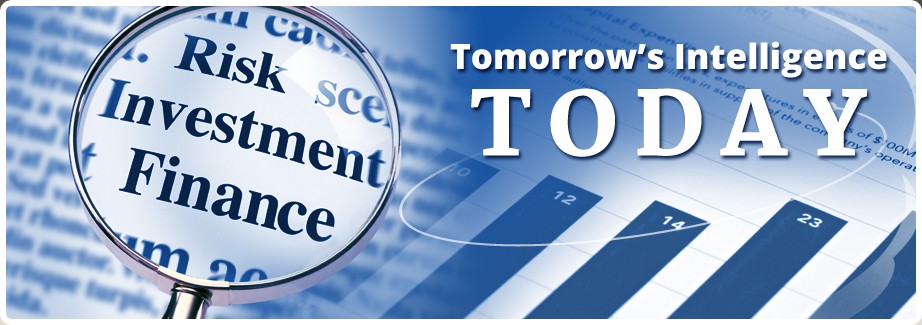Evaluating Country Risk For International Investing
Post on: 29 Март, 2015 No Comment

Many investors choose to place a portion of their portfolios in foreign securities. This decision involves an analysis of various mutual funds. exchange traded funds (ETFs), or stock and bond offerings. However, investors often neglect an important first step in the process of international investing. When done properly, the decision to invest overseas begins with determining the riskiness of the investment climate in the country under consideration. Country risk refers to the economic, political and business risks that are unique to a specific country, and that might result in unexpected investment losses. This article will examine the concept of country risk and how it can be analyzed by investors.
Economic and Political Risk
Two main risk sources need be considered when investing in a foreign country:
- Economic risk. This risk refers to a country’s ability to pay back its debts. A country with stable finances and a stronger economy should provide more reliable investments than a country with weaker finances or an unsound economy.
- Political risk. This risk refers to the political decisions made within a country that might result in an unanticipated loss to investors. While economic risk is often referred to as a country’s ability to pay back its debts, political risk is sometimes referred to as the willingness of a country to pay debts or maintain a hospitable climate for outside investment. Even if a country’s economy is strong, if the political climate is unfriendly (or becomes unfriendly) to outside investors, the country may not be a good candidate for investment.
Measuring Economic and Political Risk
Just as corporations in the U.S. receive credit ratings to determine their ability to repay their debt, so do countries. In fact, virtually every investable country in the world receives ratings from Moody’s. Standard & Poor’s (S&P) or the other large rating agencies. A country with a higher credit rating is considered a safer investment than a country with a lower credit rating. Examining the credit ratings of a country is an excellent way to begin analyzing a potential investment.
Another important step in deciding on an investment is to examine a country’s economic and financial fundamentals. Different analysts prefer different measures, but almost everyone looks at a country’s gross domestic product (GDP), inflation and Consumer Price Index (CPI) readings when considering an investment. Investors will also want to carefully evaluate the structure of the country’s financial markets, the availability of attractive investment alternatives and the recent performance of local stock and bond markets.
Sources of Information on Country Risk
There are many excellent sources of information on the economic and political climate of foreign countries. Newspapers, such as the New York Times. The Wall Street Journal and the Financial Times dedicate significant coverage to overseas events. Many excellent weekly magazines also cover international economics and politics; the Economist is generally considered to be the standard bearer among weekly publications.
For those seeking more in-depth coverage of a particular country or region, two excellent sources of objective, comprehensive country information are the Economist Intelligence Unit (EIU) and the Central Intelligence Agency (CIA) World Factbook. Either of these resources provides an investor with a broad overview of the economic, political, demographic and social climate of a country. The EIU also provides ratings for most of the world’s countries. These ratings can supplement those issued by Moody’s, S&P and the other traditional ratings agencies.
Finally, the internet provides access to a host of information, including international editions of many foreign newspapers and magazines. Reviewing locally produced news sources can sometimes provide a different perspective on the attractiveness of a country under consideration for investment.

Developed, Emerging and Frontier Markets
When considering international investments, there are three types of markets from which to choose:
- Developed markets consist of the largest, most industrialized economies. Their economic systems are well developed, they are politically stable and the rule of law is well entrenched. Developed markets are usually considered the safest investment destinations, but their economic growth rates often trail those of countries in an earlier development stage. Investment analysis of developed markets usually concentrates on the current economic and market cycles; political considerations are often a less important consideration. Examples of developed markets include the U.S. Canada, France, Japan and Australia.
- Emerging markets experience rapid industrialization and often demonstrate extremely high levels of economic growth. This strong economic growth can sometimes translate into investment returns that are superior to those available in developed markets. However, emerging markets are also riskier than developed markets; there is often more political uncertainty in emerging markets, and their economies may be more prone to excessive booms and busts. In addition to carefully evaluating an emerging market’s economic and financial fundamentals, investors should pay close attention to the country’s political climate and the potential for unexpected political developments. Many of the fastest-growing economies in the world, including China, India and Brazil, are considered emerging markets.
- Frontier markets represent the next wave of investment destinations. These markets are generally either smaller than traditional emerging markets, or are found in countries that place restrictions on the ability of foreigners to invest. Although frontier markets can be exceptionally risky and often suffer from low liquidity, they also offer the potential for above-average returns over time. Frontier markets are also not well correlated with other more traditional investment destinations, which means that they provide additional diversification benefits when held in a well-rounded investment portfolio. As with emerging markets, investors in frontier markets must pay careful attention to the political environment, as well as to economic and financial developments. Examples of frontier markets include Nigeria, Botswana and Kuwait.
Important Steps When Investing Overseas
Once country analysis has been completed, several investment decisions need to be made. The first choice is to decide where to invest, by choosing among several possible investment approaches, including:
- Investing in a broad international portfolio
- Investing in a more limited portfolio focused on either emerging markets or developed markets
- Investing in a specific region, such as Europe or Latin America
- Investing only in a specific country(s)
Remember that diversification, a fundamental principle of domestic investing, is even more important when investing internationally. Choosing to invest an entire portfolio in a single country is not prudent. In a broadly diversified global portfolio, investments should be allocated among developed, emerging and perhaps frontier markets. Even in a more concentrated portfolio, investments should be spread among several countries to maximize diversification and minimize risk.
After deciding where to invest, an investor must decide which investment vehicles to invest in. Investment options include sovereign debt. stocks or bonds of companies domiciled in the country(s) chosen, stocks or bonds of a U.S.-based company that derives a significant portion of its revenues from the country(s) selected, or an internationally focused ETF or mutual fund. The choice of investment vehicle depends on each investor’s individual knowledge, experience, risk profile and return objectives. When in doubt, it may make sense to start out by taking less risk; more risk can always be added to the portfolio later.
In addition to thoroughly researching prospective investments, an international investor also needs to monitor his or her portfolio and adjust holdings as conditions dictate. As in the U.S. economic conditions overseas are constantly evolving, and political situations abroad can change quickly, particularly in emerging or frontier markets. Situations that once seemed promising may no longer be so, and countries that once seemed too risky might now be viable investment candidates.
Conclusion
Overseas investing involves a careful analysis of the economic, political and business risks that might result in unexpected investment losses. This country risk analysis is a fundamental step in building and monitoring an international portfolio. Investors that use the many excellent information sources available to evaluate country risk will be better prepared when constructing their international portfolios.














